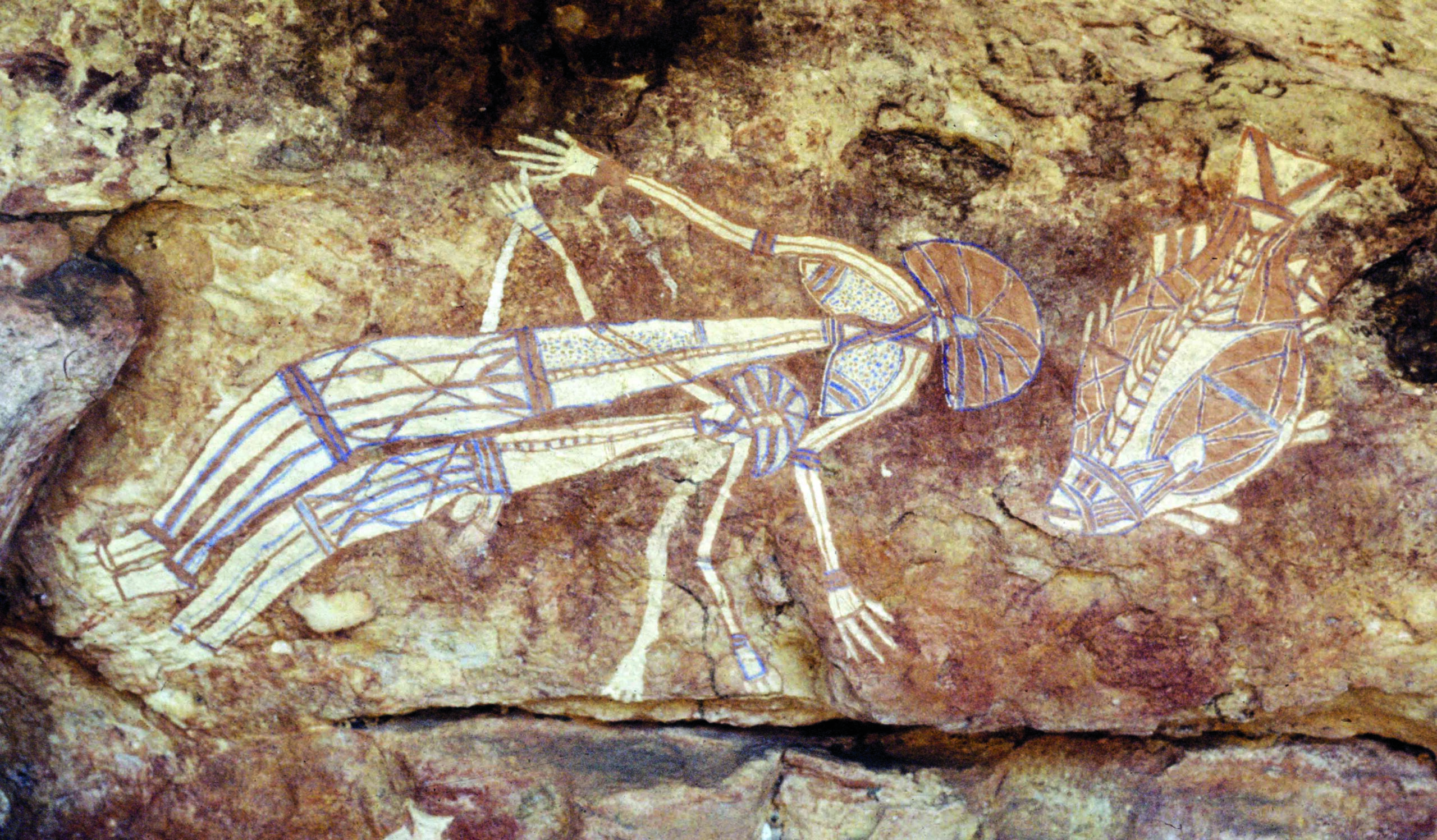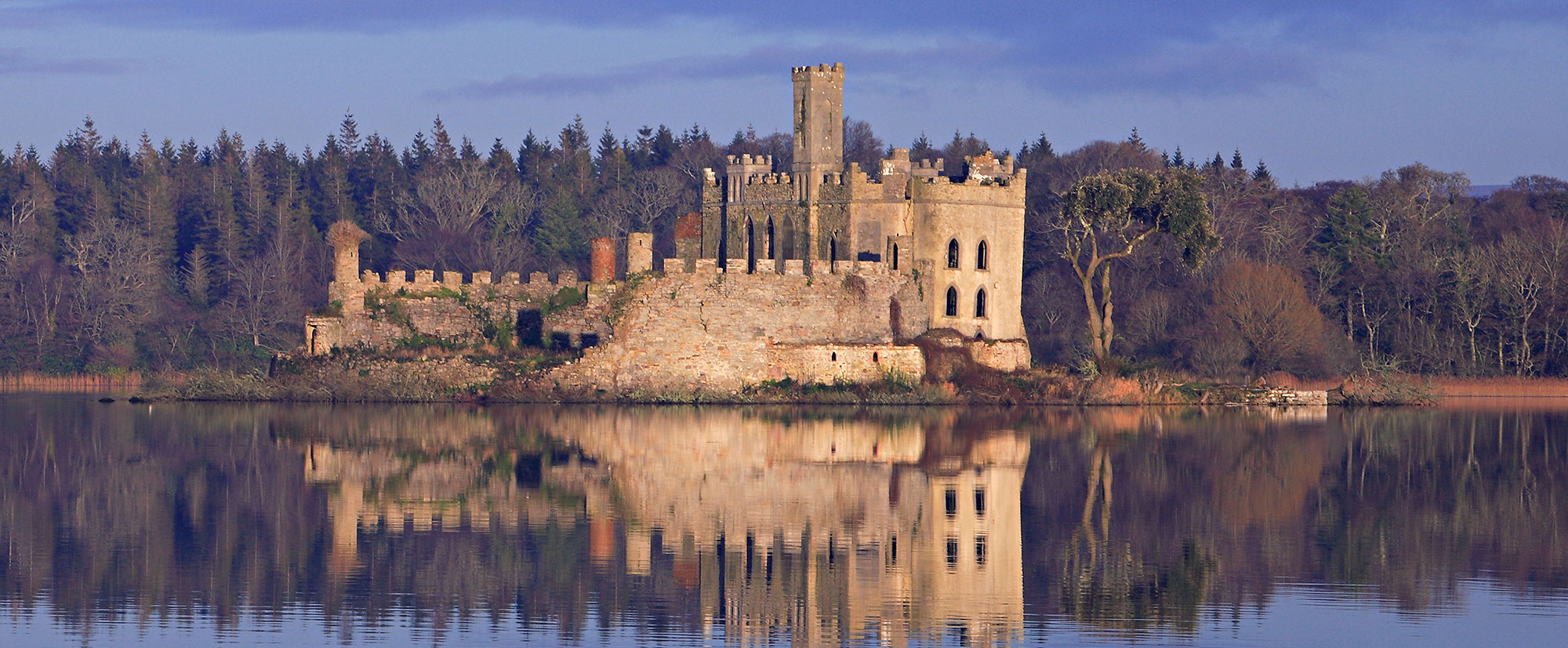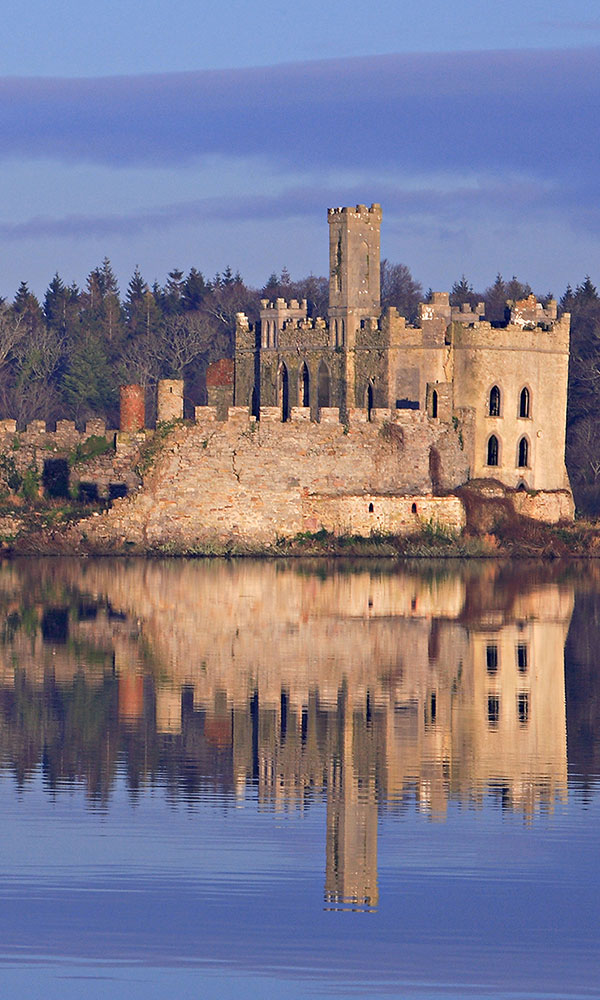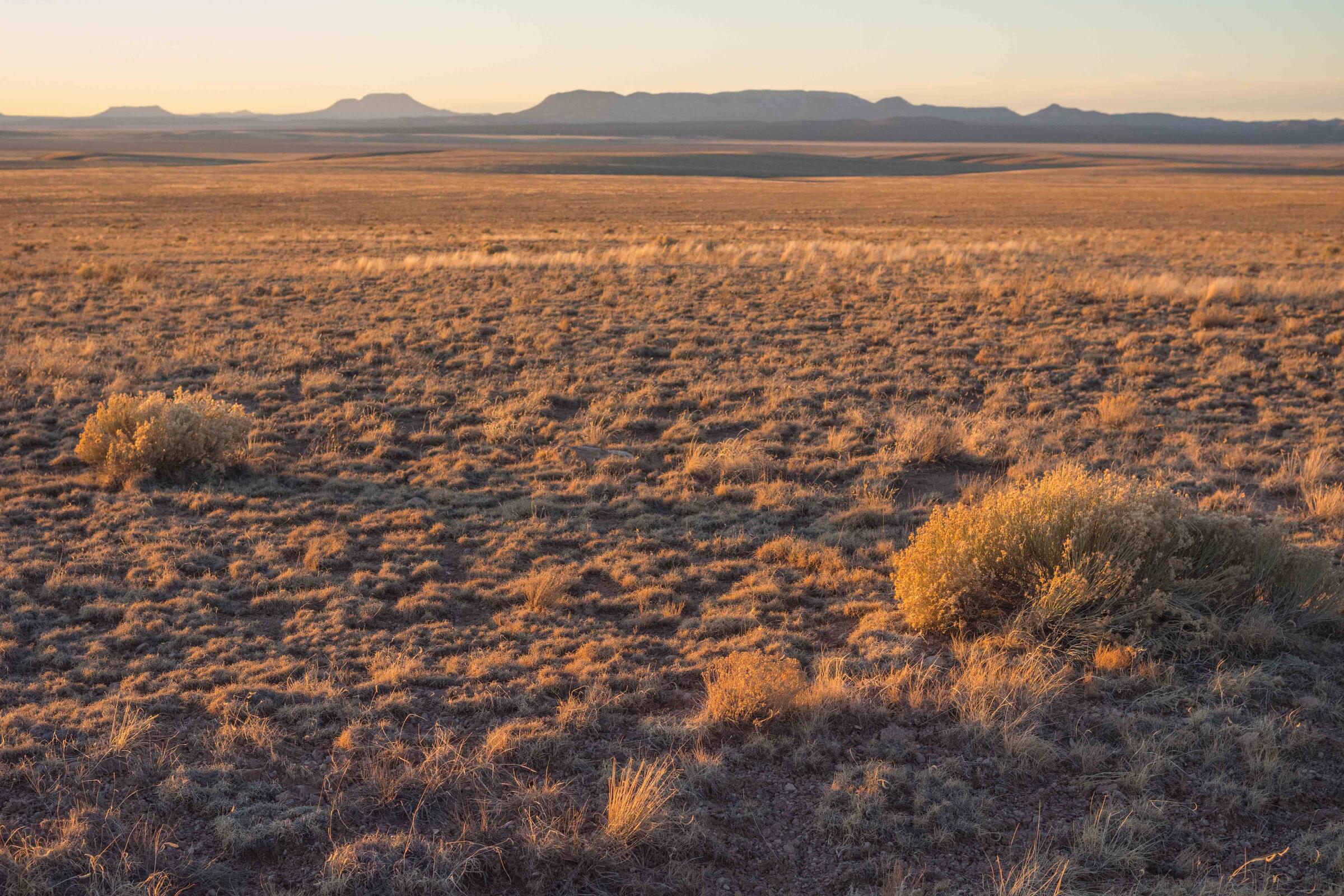
ADELAIDE, AUSTRALIA—Cosmos Magazine reports that a team of researchers, including representatives of the traditional Marra people and archaeologist Liam Brady of Flinders University, investigated how miniature stencils in the Yilbilinji rock shelter in northern Australia’s Limmen National Park might have been created. According to the researchers, the images, which include human figures, crabs, turtles, kangaroo paws, an echidna, boomerangs, and geometric shapes, have curved edges, and are too small to have been made by tracing objects or body parts. Monash University anthropologist John Bradley suggested that the rounded edges may have been formed with molded beeswax stuck to the surface of the rock, since people living in the region continue to use the substance to repair tools and make toys. “Our experiments involving heating and shaping beeswax into human figures, animals, objects, and geometric shapes, and then stenciling onto a rock slab confirmed beeswax was an excellent material for making miniature stencils,” Bradley said. Similar artworks have been found in New South Wales, Australia, and Kisar Island, Indonesia, but those artworks only depict human figures. To read about recent efforts to date rock art in Western Australia, go to "Around the World: Australia."











